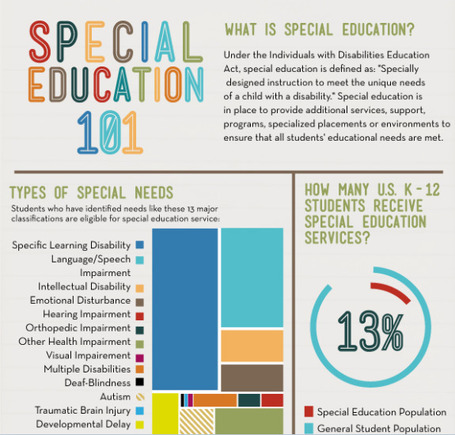What Can We Expect from Speech Therapy in School?
Your child is starting speech therapy in school. But what exactly does this mean? The type of services your child will receive in school will depend on many factors. These include your child’s age, the type of speech disorder that has been diagnosed, other learning delays or disabilities, the structure of your child’s school, and more. The two basic forms of speech therapy in schools include in-class (sometimes referred to as push-in services) and separate services (sometimes also known as pull-out services). There are also other forms of assistance that speech-language pathologists can offer to your child.
The First Step for Speech Therapy in School: Assessment
Speech-language pathologists are trained to assess communication abilities of patients. SLPs can work with recommendations by physicians and listen to the concerns of teachers and parents to determine the needs of the child. Assessments take on many forms (even electronic) based on severity of symptoms, age, and other factors. Once these assessments are complete a plan, which often includes an Individualized Education Program (IEP), can be implemented for your child.
Speech Therapy in School: Push-In Services
There are services that can be provided to children in the classroom by an SLP or a speech/language classroom aide or paraprofessional under guidance of an SLP. This allows your child to continue to benefit from the whole-classroom experience while still improving communication skills. Depending on the reasons for the services, push-in therapies can include:
- Working with your child to use appropriate volume control during classroom discussions
- Working with your child to interact and communicate appropriately during question/answer sessions in class
- Observing your child communicating in classroom setting
- Helping your child develop graphic organizers to keep track of classroom expectations/homework
- Paraphrasing and reviewing information for your child if he or she is struggling with communication intake
- Observing your child’s vocabulary comprehension in the classroom and assisting with various tools for building vocabulary
- Working with your child to minimize stress during classroom speaking situation (i.e. when stuttering is an issue using calming techniques before giving a book report)
There are many other ways that an SLP can support your child in the classroom, but one of the biggest benefits (besides maintaining classroom connections for your child), is that your child’s teacher also becomes more aware of the tools the SLP is using with your child to target specific communication needs. A side benefit is that other students in the classroom also learn from these strategies and tools provided by the SLP.
Speech Therapy in School: Pull-Out Services
There are circumstances when a child’s speech disorder is either perhaps so severe or is accompanied by other disorders or multiple symptoms that it makes pull-out services more appropriate. If this is determined to be best for your child, he or she will receive therapy in individual or small group settings during the school day in a separate classroom setting. There will be more intensive techniques and tools taught and provided to your child. Sometimes pull-out services are utilized for kids who:
- Have disabilities such as autism or cerebral palsy that lead them to have other pull-out services
- Need speech therapy for swallowing disorders
- Benefit from learning vocal hygiene techniques
- Have multiple impairments, such as hearing and vision loss
- Are learning to use technology, such as apps, for supplemental outside therapies
- Are learning to use assistive devices
Sometimes a combination of approaches will be used that will maximize the therapy environment for your child. You can work with your child’s teachers, SLPs, and school administration to assess homework needs and challenges and put together an IEP that will work for your child’s speech therapy in school.





